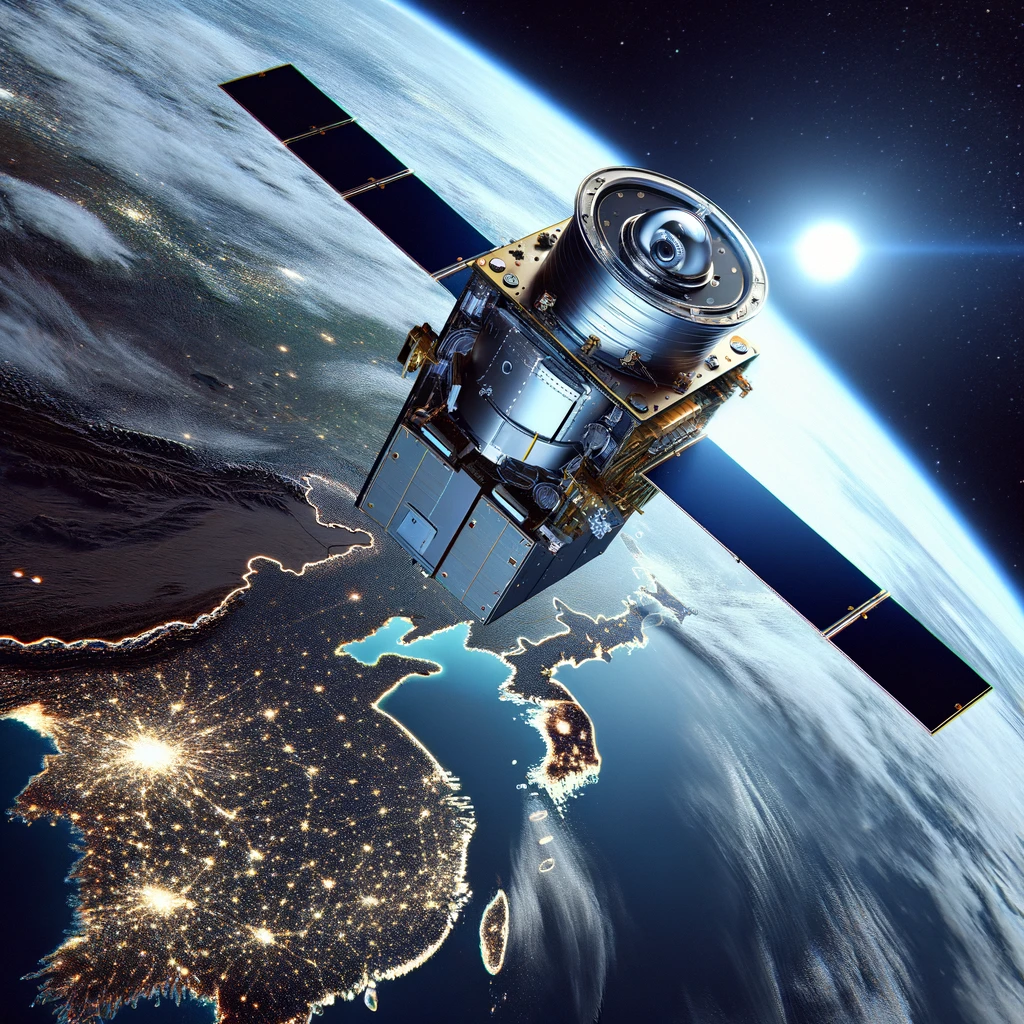The Dawn of a New Era in Korean Space Exploration
On the 24th of next month, a landmark event in Korea’s space exploration efforts is scheduled to take place from a launch site in New Zealand. This event marks the first time that a mass-produced practical satellite, part of a small cluster satellite project, will be launched. The Ministry of Science and ICT, alongside the Korea Advanced Institute of Science and Technology (KAIST), has taken a significant step by planning the overseas dispatch of Korea’s first mass-produced operational satellite, the Small Cluster Satellite 1, on the 29th.
A Strategic Move in Satellite Technology
The small cluster satellite project aims to enhance the precision surveillance of the Korean Peninsula and its adjacent seas. With a budget of approximately 220 billion won allocated over eight years starting from 2020, this initiative seeks to develop a cluster of 11 small satellites. KAIST and Satrec Initiative lead the development, focusing on high-frequency, high-precision monitoring capabilities for security and disaster management purposes.
Technical Marvels of the Satellite

The satellite, designed to orbit at an altitude of 500 km, is equipped with an optical camera capable of distinguishing objects as small as 1m in black and white and 4m in color. This technological marvel is set to embark on Earth observation missions for over three years, in conjunction with the upcoming launches of 10 more satellites, thereby forming a comprehensive surveillance and monitoring system.
Journey to the Launch Site
The journey of the Small Cluster Satellite 1 to its launch site encapsulates the meticulous preparation and international collaboration behind this project. After being transported from Incheon Airport to Auckland, New Zealand, the satellite will make its way to the Mahia Peninsula launch site. Here, it will undergo final checks and integration with Rocket Lab’s Electron launch vehicle, poised for launch on the 24th at 9:43 AM local time (6:43 AM Korean time).
Adapting to Global Launch Platforms
Initially intended for launch via Korea’s own Nuri space launch vehicle, the satellite found a new path to space through Rocket Lab’s Electron rocket due to scheduling shifts. This adaptation underscores the flexibility and international cooperation that characterizes Korea’s approach to space exploration.
Looking Ahead: Korea’s Space Ambition
Following this launch, there are plans for additional launches in 2026 and 2027 using the Nuri vehicle, indicating a robust schedule for expanding Korea’s presence in space. This forward-looking strategy showcases Korea’s commitment to advancing its capabilities in satellite technology and space exploration.
The Era of Seventeen: A Triumph of Music and Unity at Incheon
Hi, I’m [jeybee]. As a long-time resident of Seoul, I’m passionate about uncovering the authentic, everyday magic of Korea. This blog is my way of sharing my favorite spots, tips, and cultural insights with you, beyond the usual tourist traps.

